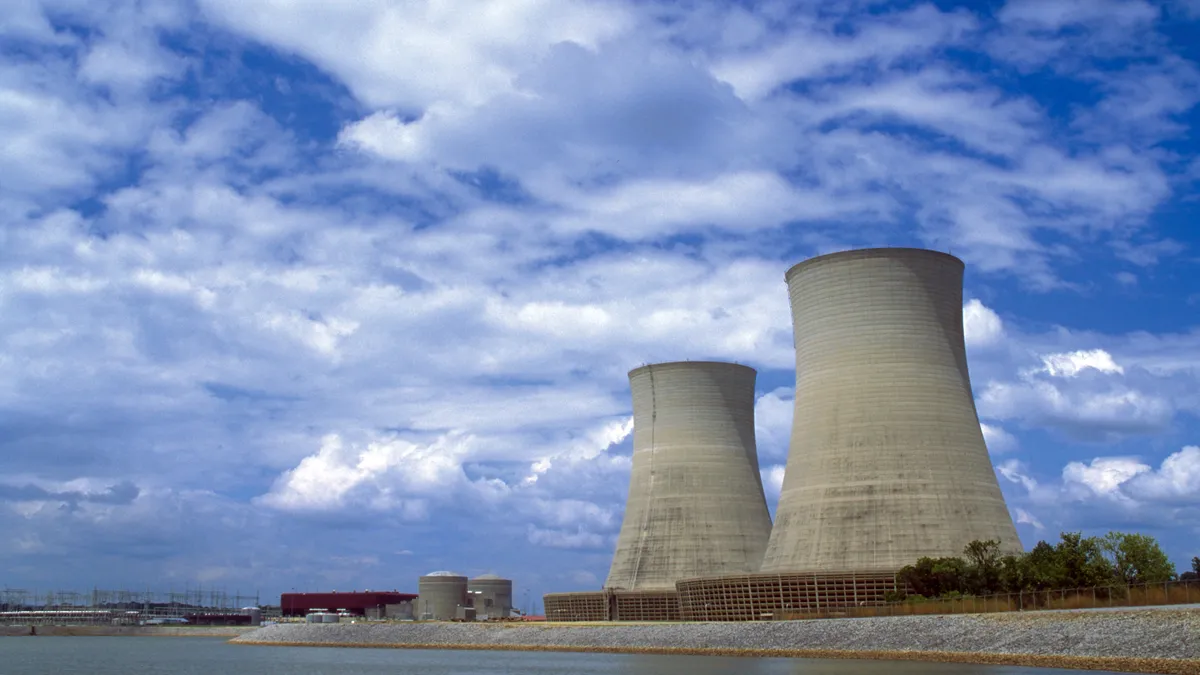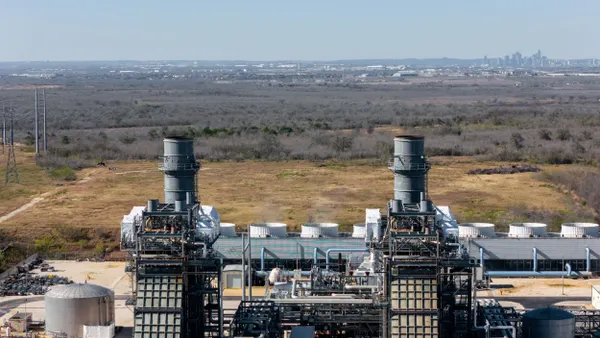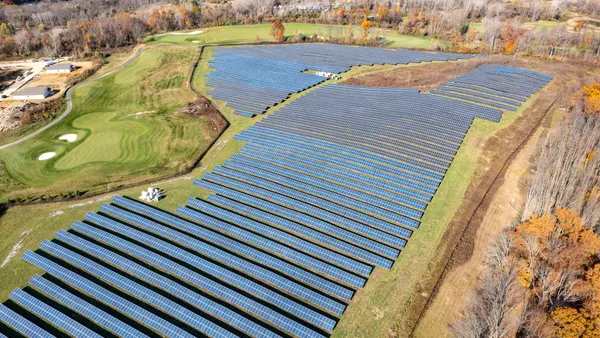Dive Brief:
- Customer-owned renewable energy nearly doubled in 2019 as investor-owned utilities are required to offer expedited interconnection agreements, according to the Florida Public Service Commission's (PSC) annual net metering report released on Monday.
- The state had more than 59,000 customers connected to the grid with their own renewable energy systems last year, compared to 37,800 in 2018. That amounts to about 514.5 MW of capacity in 2019, up 62% from the year before.
- Solar net metering advocates viewed the strong increase as a critical part of the state PSC's opposition to a net metering proposal filed with the Federal Energy Regulatory Commission. "There has been some conversation at the [Florida] Commission because of the FERC petition" by the New England Ratepayers Association (NERA), according to Vote Solar's Southeast Director Katie Chiles Ottenweller.
Dive Insight:
Florida and other state regulatory bodies have told FERC that rooftop solar policy falls under states' domain.
"The issue of Floridians' access to solar policies and the Commission's jurisdiction over those issues probably is something that's kind of at the top of [PSC regulators'] minds right now," Chiles Ottenweller told Utility Dive.
The PSC said the press release for its net metering report is an annual occurrence and did not address any link between the growth of customer-sited power and its opposition to the NERA petition.
Regulators view their net metering policies as key to renewable energy access in the state.
"[T]he installation of demand-side renewable energy systems continues to grow without any utility incentives," the PSC wrote in November. "Such growth indicates that our Net Metering Rule is an appropriate mechanism to encourage the development of these systems."
The PSC also approved last year distributed solar leasing programs, contributing to how customers can take advantage of solar power.
"I think the numbers speak for themselves that Florida has a good net metering law in place so people with rooftop solar get compensated appropriately for their investment," Bryan Jacob, Southern Alliance for Clean Energy's (SACE) solar program director, told Utility Dive.
Utilities have also issued their own programs to spur growth of solar, as SACE notes in the Southeast report: Florida Power & Light (FPL) launched a SolarTogether program to double the amount of community solar in the country and increase low-income access to solar power.
While municipal utilities and rural electric cooperatives have seen a steady growth in interconnections, the state's investor-owned utilities are responsible for most of the growth.
FPL, Duke Energy Florida, Tampa Electric, Gulf Power and Florida Public Utilities have added 160.9 MW of customer-sited energy to the grid in the past year.
The interconnections are largely rooftop solar. However, Chiles Ottenweller said, battery options are becoming more common in Florida as customers prioritize resilience and self-generation access during extreme weather events such as hurricanes.
FPL reported 552 of 16,971 total net energy metering customers have self-reported that they have battery storage.
A recent SACE study on solar in the Southeast, authored by Jacob, says Florida will surpass North Carolina as the top installed solar capacity in the region in 2021. Florida's utility-scale and distributed solar forecasts both increased over the last year, he said.














